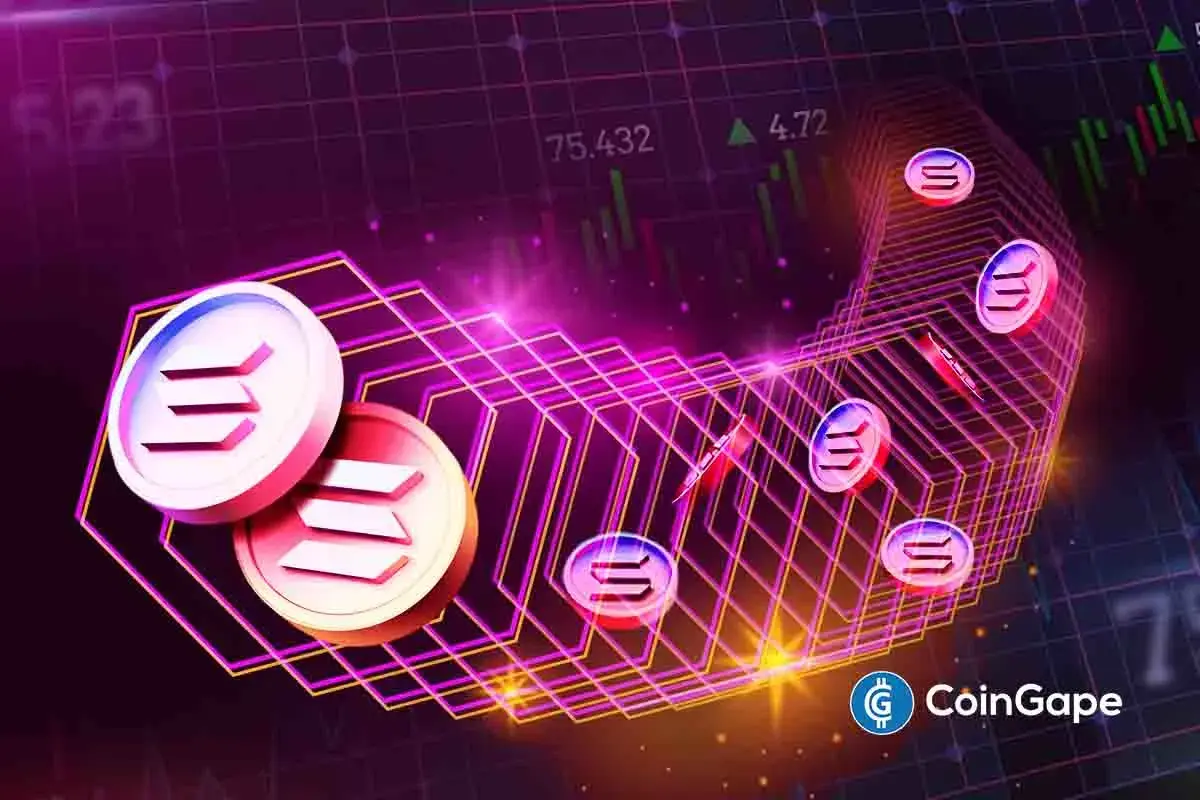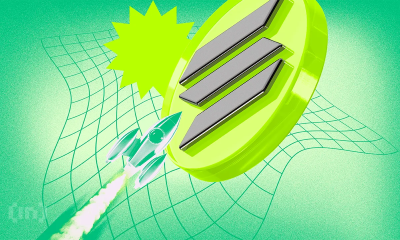Market
Rexas Finance (RXS) up 100% in less than a month, is this the next Solana (SOL)?
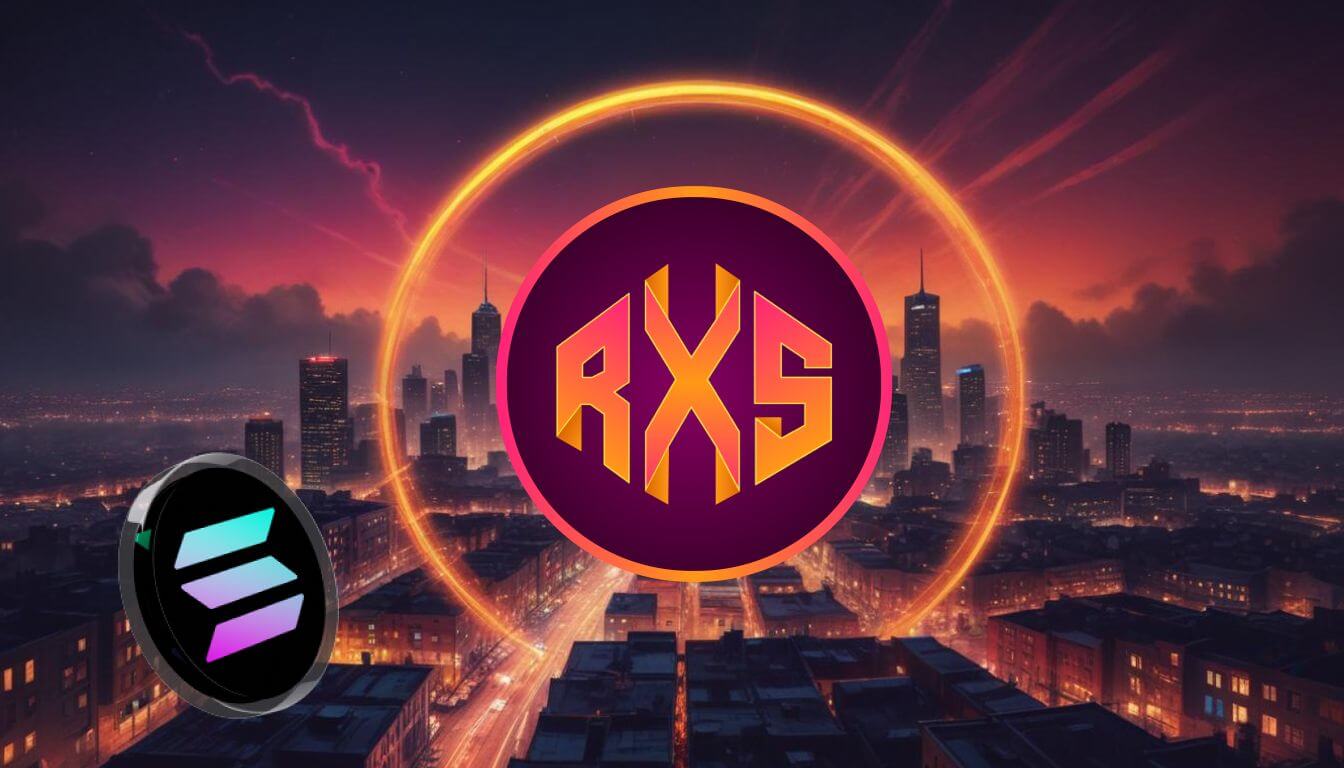

The cryptocurrency market has witnessed a positive growth surge, and in conjunction with this, Rexas Finance (RXS) has increased by over 100% in less than a month. With its cutting-edge technology for the tokenization of physical assets and an expanding ecosystem, some people are starting to wonder: Is Rexas Finance the new Solana (SOL)? There has always been a question of whether RXS could emulate the same skyrocketing increase as Solana. This necessitates studying the curve of SOL, identifying the key factors of its success, and considering why Rexas Finance might be able to replicate, if not exceed this level.
The rise of Solana (SOL): A blockchain revolution
The use of Solana’s programming language is graphical in nature, and thus the UI elements may match ideas from vocabulary techniques. The graph of Solana (SOL) has largely revolved around being one of the most effective storytelling platforms within the cryptocurrency space. Starting from $1.50, Solana’s currency progressed remarkably in 2021 to hit $260, marking more than a seventeen thousand percent growth.
Its growth was additionally helped by a very efficient blockchain capable of processing thousands of transactions per second at very low transaction costs. As a result, Solana provided stiff competition to Ethereum.
Due to its quick, scalable, and secure network, Solana managed to attract developers, DeFi projects, and NFT marketplaces in no time, enabling it to rank as one of the top 10 cryptocurrencies. With the support of leading investors and growing interest, Solana quickly entered the geopolitics of the crypto world as a quick and cheap version of its competitors’ blockchains.
Will Rexas Finance (RXS) find a sustainable model like Solana did?
While Solana made efforts to enhance the scalability of the blockchain, Rexas Finance (RXS) is making a play for a different, but probably equally large, opportunity: the focus on asset tokenization.
This new area gives cryptocurrencies access to a huge market by creating tokens for assets like real estate, gold, hiring goods, and other expensive physical products that cannot be traded as currencies. Rexas Finance is set to change the way and cost at which real-world assets (RWA) are tokenized.
The global market for real estate is over $280 trillion. Investing in ways to map expensive physical assets like real estate and gold onto the blockchain can now provide real returns on investment.
RXS has been in the market for a little under a month but has seen its price surge above 100% within that time—a positive sign for the returns it offers to its consumers. If this project holds to this same growth trajectory, it could potentially offer similar returns to Solana, potentially rewarding its early investors with windfalls.
Rexas Finance ecosystem: Enhancing stakeholder value
The most fundamental reason for Solana’s success is attributed to the presence of an active ecosystem of both developers and users. In the same way, Rexas Finance has created an ecosystem that addresses the problem of real-life asset digitalization and adds value for investors.
Some exceptional highlights of how the Rexas Finance ecosystem works include:
- Rexas Token Builder: This tool enables individuals and organizations to issue and sell their own tokens based on real-world assets. Whether it’s real estate developers sourcing funds for a building through tokenization or individuals selling fractional ownership in their collections, the Rexas Token Builder offers a simplified approach to the tokenization of assets.
- Rexas Launchpad: Investors can buy equity stakes in projects backed by the tokenization of project assets in the form of shares. Rexas Launchpad brings together asset owners and investors from all over the world, replacing traditional systems of fundraising with promising decentralized methods of financing projects.
- Rexas Estate: One of the key features of the platform is real estate tokenization, which allows investors to own a stake in properties. This facilitates liquidity in real estate and lowers the entry barrier to this class of high-end investments.
- Perpetual Intentions: Since solving real-world problems is central to Rexas Finance’s long-term vision, it echoes Solana’s accomplishment with its fast blockchain network. It is projected that as more assets become tokenized and join the platform, the supply and pricing of RXS will perform well.
Why Rexas Finance is getting the attention of huge investors
Rexas Finance is not only gaining attention from retail investors—crypto whales and institutional investors are noticing it too. In fact, during its Stage 3 presale, Rexas Finance raised over $2.75 million when demand was high. Now, Stage 4 has been activated, providing tokens for $0.06 each.
Many investors are rushing to get RXS due to its practical use and the massive total addressable market (TAM) it taps into. Moreover, some analysts believe that from the current presale stage, RXS could appreciate to $50, which would make RXS one of the best investment opportunities in the crypto investment space today.
Additionally, Rexas Finance has organized a $1 million giveaway competition, which is already stimulating even more interest in the project and provides an extra incentive for early investors.
Conclusion: Some analysts believe Rexas Finance could follow in Solana’s footsteps
While Solana has already made its mark as one of the best blockchains globally, Rexas Finance (RXS) seems to be making waves in the tokenization of real-world assets. Rexas Finance could be poised to transform asset ownership and exchange by bridging conventional industries worth trillions, such as real estate and gold, with blockchain technology.
Having achieved over 100% growth within a month and cultivated a thriving ecosystem of use cases, Rexas Finance could arguably become the next big success, similar to how Solana was portrayed in its infancy. As more attention is directed toward this project and large investors continue to place their hopes on its future, RXS’s dominance seems within reach. For anyone wanting to get in early, Stage 4 of the presale is still live, and tokens are offered for $0.06.
For more information about Rexas Finance (RXS) visit the links below:
Website: https://rexas.com
Win $1 Million Giveaway: https://bit.ly/Rexas1M
Whitepaper: https://rexas.com/rexas-whitepaper.pdf
Twitter/X: https://x.com/rexasfinance
Telegram: https://t.me/rexasfinance
Market
Report Alleges Massive Meme Coin Sniping on Pump.fun

According to a new report from Pine Analytics, token deployers on Pump.fun systematically funded sniper wallets to buy their own meme coins. This impacted over 15,000 token launches on the platform.
These sniper wallets operated primarily during US trading hours, executing standardized, profitable strategies. Unrelated bot activity obscures their behavior, making it extremely difficult to isolate these wallets—and they can readily adapt to new countermeasures.
Snipers Roam Free on Pump.fun Meme Coins
Pump.fun has remained one of the most popular meme coin launchpads on Solana despite persistent controversies and other criticism.
However, Pine Analytics’ new report has uncovered a new controversy, discovering systematic market manipulation on the platform. These snipes include as much as 1.75% of all launch activity on Pump.fun.
“Our analysis reveals that this tactic is not rare or fringe — over the past month alone, more than 15,000 SOL in realized profit was extracted through this method, across 15,000+ launches involving 4,600+ sniper wallets and 10,400+ deployers. These wallets demonstrate unusually high success rates (87% of snipes were profitable), clean exits, and structured operational patterns,” it claimed.
Solana meme coin deployers on Pump.fun follow a consistent pattern. They fund one or more sniper wallets and grant them advance notice of upcoming token launches.
Those wallets purchase tokens in the very first block and then liquidate almost immediately—85% within five minutes and 90% in just one or two swap events.

Pump.fun meme coin developers exploit this tactic to create the appearance of immediate demand for their tokens. Retail investors, unaware of the prior sell‑off, often purchase these tokens after the snipe, giving developers an unfair advantage. This constitutes market manipulation and erodes trust in the platform.
Pine Analytics had to carefully calibrate its methods to identify genuine snipers. Apparently, 50% of meme coin launches on Pump.fun involve sniping, but most of this is probably bots using the “spray and pray” method.
However, by filtering out snipers with no direct links to developer wallets, the firm missed projects that covered their tracks through proxies and burners.
In other words, the meme coin community does not have adequate defenses against systematic abuse on Pump.fun. There are a few possible ways that the platform could flag repeat offenders and sketchy projects, but adaptive countermeasures could defeat them. This problem demands persistent and proactive action.
Unfortunately, it may be difficult to enact such policies. Meme coin sniping is so systematic that Pump.fun could only fight it with real commitment.
Analysts think that building an on-chain culture that rewards transparency over extraction is the best long-term solution. A shift like that would be truly seismic, and the meme coin sector might not survive it.
Disclaimer
In adherence to the Trust Project guidelines, BeInCrypto is committed to unbiased, transparent reporting. This news article aims to provide accurate, timely information. However, readers are advised to verify facts independently and consult with a professional before making any decisions based on this content. Please note that our Terms and Conditions, Privacy Policy, and Disclaimers have been updated.
Market
Solana Leads Blockchain Metrics as SOL Momentum Builds

Solana (SOL) continues to show strength across multiple fronts, maintaining a bullish structure on its Ichimoku Cloud chart while gaining momentum in key market metrics. The BBTrend indicator has turned higher again, signaling renewed buying pressure after a brief cooldown.
On-chain activity remains strong, with Solana leading all blockchains in DEX volume and dominating fee generation thanks to the explosive growth of meme coins and launchpad activity. With SOL now trading above a key resistance level, the path is open for further upside—though a loss of momentum could still trigger a retest of lower supports.
Solana Maintains Bullish Structure, but Momentum Faces Key Test
On Solana’s Ichimoku Cloud chart, the price is currently above the Kijun-sen (red base line) but has dipped below the Tenkan-sen (blue conversion line), signaling weakening short-term momentum.
The flattening Tenkan-sen and price behavior suggest possible consolidation or the early stages of a pullback. Still, with the price holding above the Kijun-sen, medium-term support remains intact.
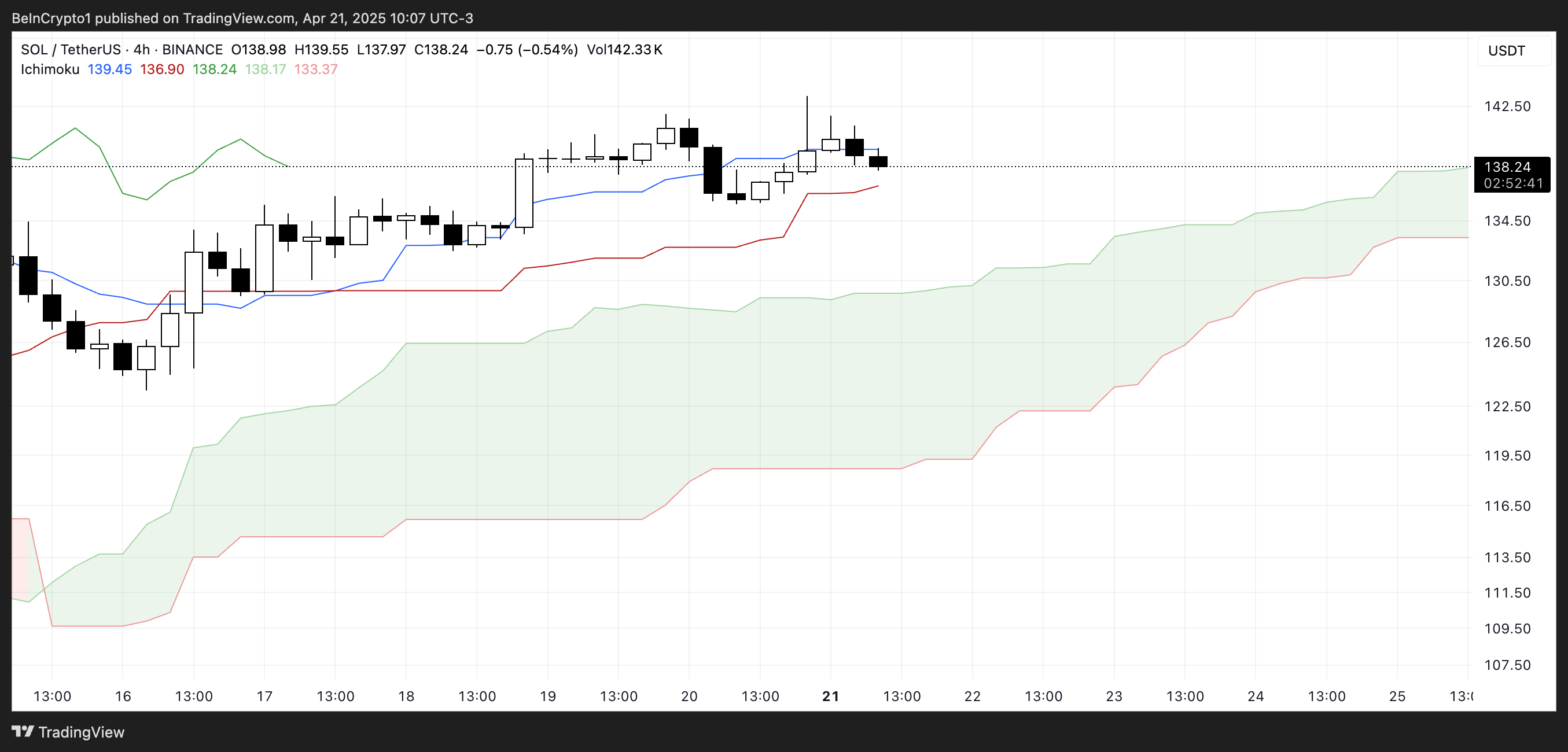
The overall Ichimoku structure remains bullish, with a thick, rising cloud and leading span A well above span B—indicating strong underlying support.
If Solana finds support at the Kijun-sen and climbs back above the Tenkan-sen, the uptrend could regain strength; otherwise, a test of the cloud’s upper boundary may follow.

Meanwhile, Solana’s BBTrend is currently at 6, extending nearly ten days in positive territory after peaking at 17.5 on April 14. The recent increase from 4.26 to 6 suggests renewed bullish momentum following a brief cooldown.
BBTrend, or Bollinger Band Trend, tracks the strength of price movement based on Bollinger Band expansion.
Positive values like the current one point to an active uptrend, and if the BBTrend continues to rise, it could signal stronger momentum and potential for another upward move.
Solana Dominates DEX Volume and Fee Generation as Meme Coins Drive Ecosystem Growth
Solana has once again claimed the top spot among all chains in DEX volume, recording $15.15 billion over the past seven days. The combined total of Ethereum, BNB, Base, and Arbitrum reached $22.7 billion.

In the last 24 hours alone, Solana saw $1.67 billion in volume, largely fueled by its booming meme coin ecosystem and the ongoing launchpad battle between PumpFun and Raydium. Adding to this good momentum, Solana recently surpassed Ethereum in Staking Market Cap.

When it comes to application fees, Solana’s momentum is just as clear. Four of the top ten fee-generating apps over the past week—PumpFun, Jupiter, Jito, and Meteora—are Solana-focused.
Pump leads the pack with nearly $18 million in fees alone.
Solana Breaks Key Resistance as Uptrend Targets Higher Levels, but Risks Remain
Solana has finally broken above its key resistance at $136, flipping it into a new support level that was successfully tested just yesterday.
Its EMA lines remain aligned in a bullish setup, suggesting the uptrend is still intact.
If this momentum continues, SOL price could aim for the next resistance zones at $147 and $152—levels that, if breached, open the door to a potential move toward $179.
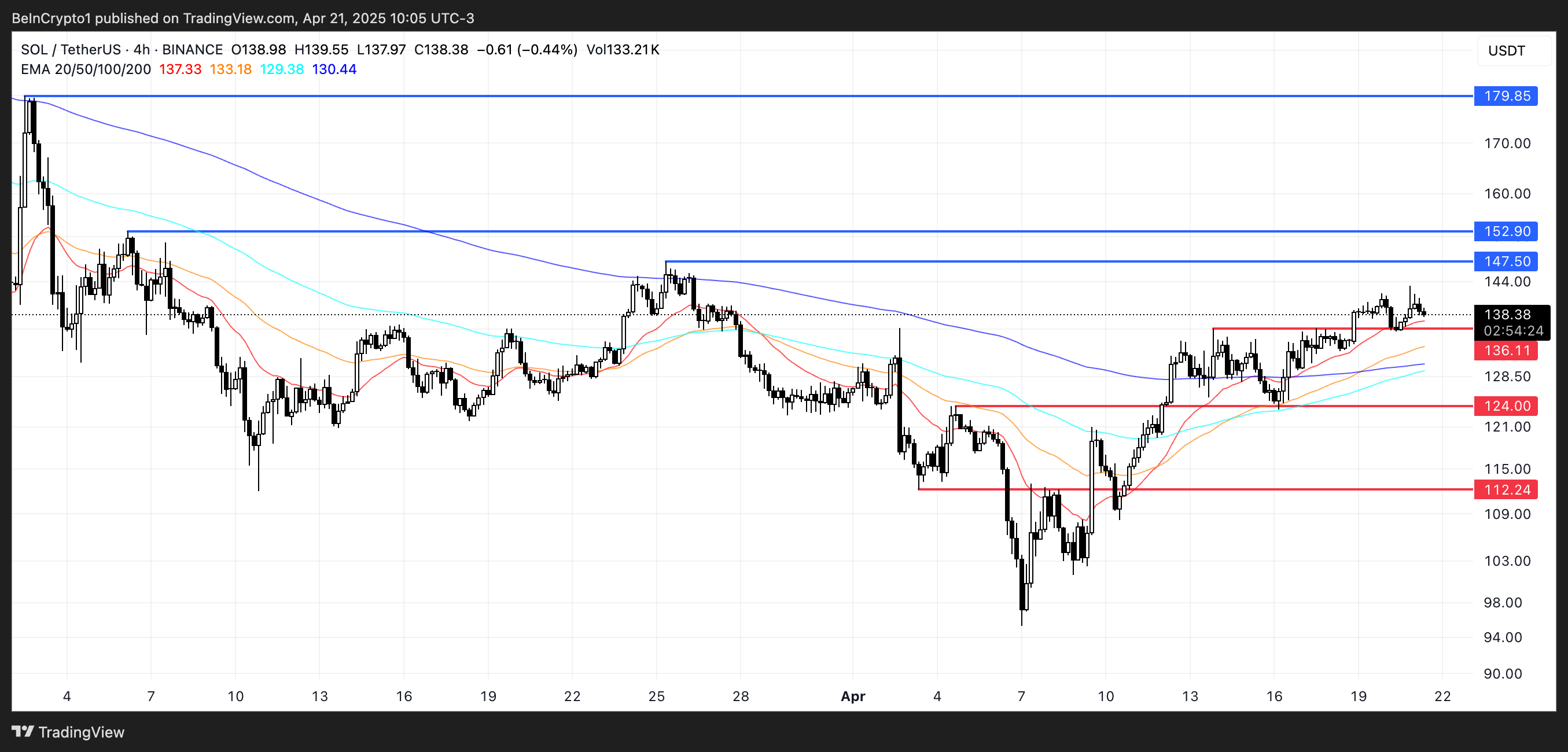
The current structure favors buyers, with higher lows and strong support reinforcing the trend.
However, if momentum fades, a retest of the $136 support is likely.
A breakdown below that level could shift sentiment, exposing Solana to deeper pullbacks toward $124 and even $112.
Disclaimer
In line with the Trust Project guidelines, this price analysis article is for informational purposes only and should not be considered financial or investment advice. BeInCrypto is committed to accurate, unbiased reporting, but market conditions are subject to change without notice. Always conduct your own research and consult with a professional before making any financial decisions. Please note that our Terms and Conditions, Privacy Policy, and Disclaimers have been updated.
Market
Crypto Firms Donated $85 million in Trump’s Inauguration
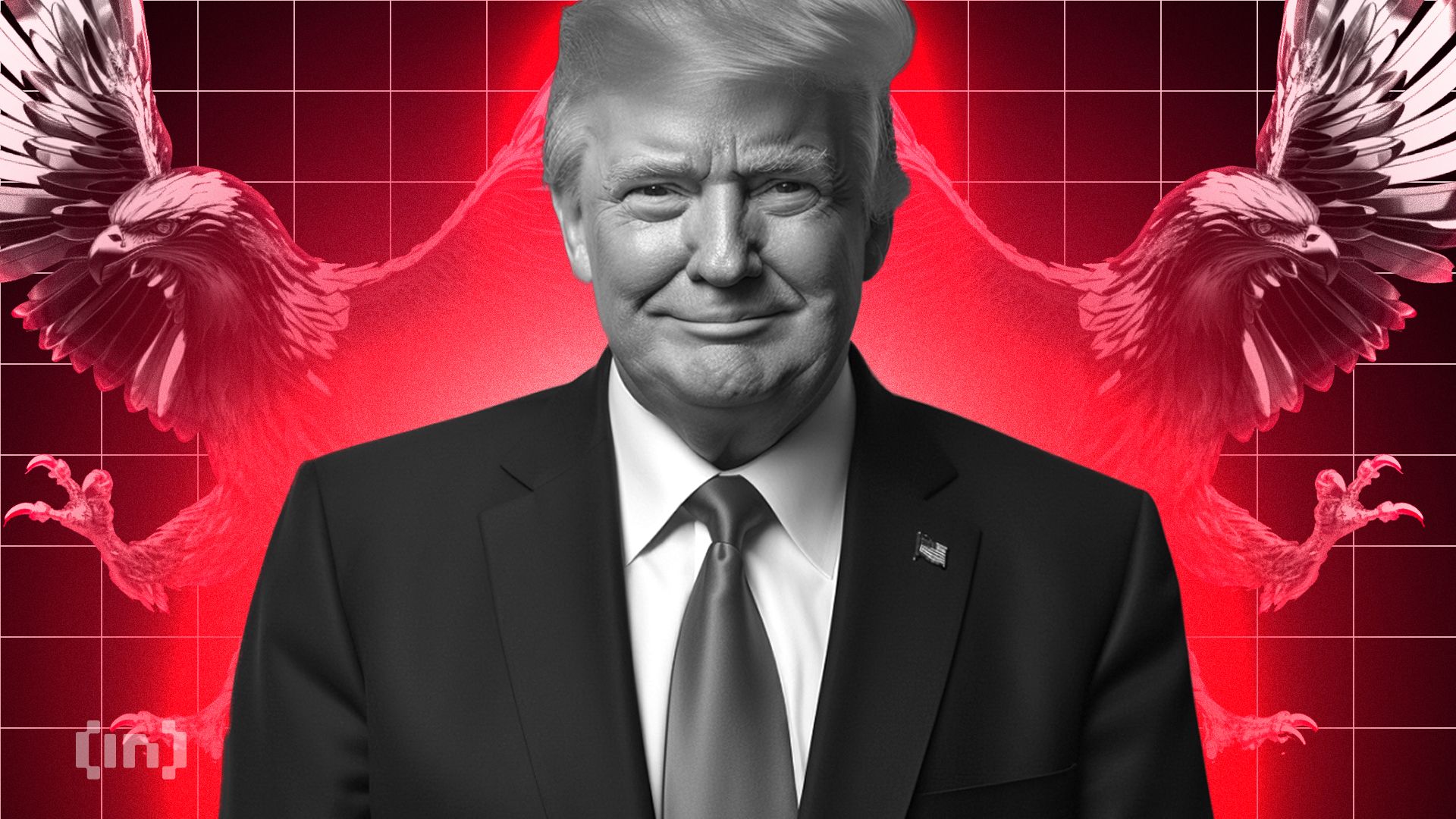
According to a new report, 15 firms and individuals from the crypto industry donated more than $100,000 to President Trump’s Inauguration, totaling over $85 million.
Almost all of these companies apparently received direct or indirect benefits from Trump’s administration. This includes dropped legal proceedings, lucrative business partnerships, participation in Trump’s Crypto Summit, and more.
Crypto Industry Went All-In on Trump’s Inauguration
Since promising to bring friendlier regulations on the campaign trail, Donald Trump attracted a reputation as the Crypto President.
Trump’s Inauguration festivities included a “Crypto Ball,” and several prominent firms made donations for these events. Today, a report has compiled all crypto-related contributions of over $100,000, revealing some interesting facts.

Since taking office, President Trump and his family have been allegedly involved in prominent crypto controversies, and these donations may be linked to several of them.
For example, eight of the donors, Coinbase, Crypto.com, Uniswap, Yuga Labs, Kraken, Ripple, Robinhood, and Consensys, had SEC investigations or lawsuits against them closed since Trump’s term began.
The commission might have dropped its probe against these companies anyway due to its changing stance on crypto enforcement. However, being in the President’s good books likely helped the process.
Further Alleged Benefits for Donors
In other words, nearly half the firms that made donations to Trump’s Inauguration have seen their legal problems cleared up quickly. This isn’t the only regulation-related benefit they allegedly received.
Circle, for example, recently made an IPO after openly stating that Trump’s Presidency made it possible. Galaxy Digital received SEC approval for a major reorganization, a key step for a NASDAQ listing.
Other donors, such as Crypto.com and ONDO, got more direct financial partnerships with businesses associated with the Trump family.
Previously, Ripple’s CEO, Brad Garlinghouse, anticipated a crypto bull market under Trump. Also, XRP, Solana, and Cardano were all unexpectedly included in the US Crypto Reserve announcement.
All three of these companies made major donations to Trump’s Inauguration.
It seems that most of the firms involved got at least some sort of noticeable benefit from these donations. Donors like Multicoin and Paradigm received invitations to Trump’s Crypto Summit, while much more prominent groups like the Ethereum Foundation got snubbed.
Meanwhile, various industry KOLs and community members have already alleged major corruption in Trump’s crypto connections.
While some allegations might lack substantial proof, the crypto space has changed dramatically under the new administration, for both good and bad.
Disclaimer
In adherence to the Trust Project guidelines, BeInCrypto is committed to unbiased, transparent reporting. This news article aims to provide accurate, timely information. However, readers are advised to verify facts independently and consult with a professional before making any decisions based on this content. Please note that our Terms and Conditions, Privacy Policy, and Disclaimers have been updated.







